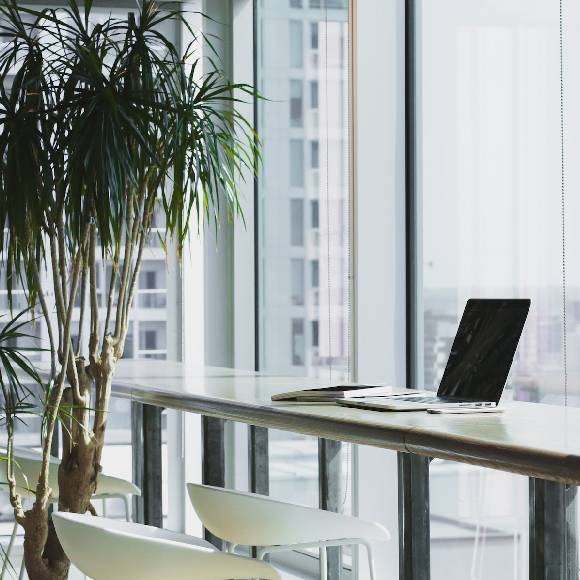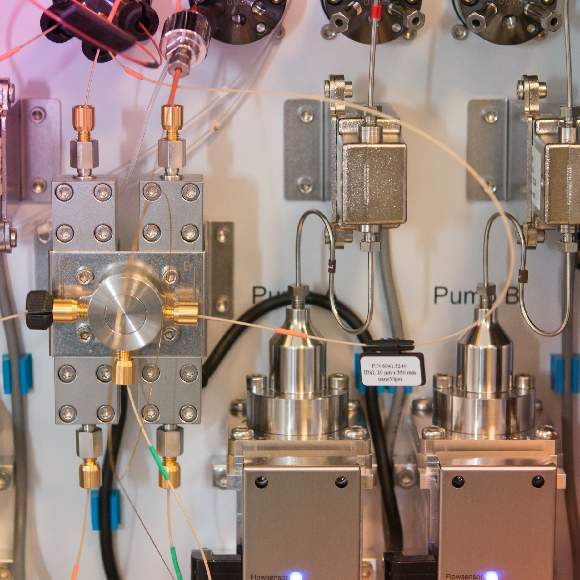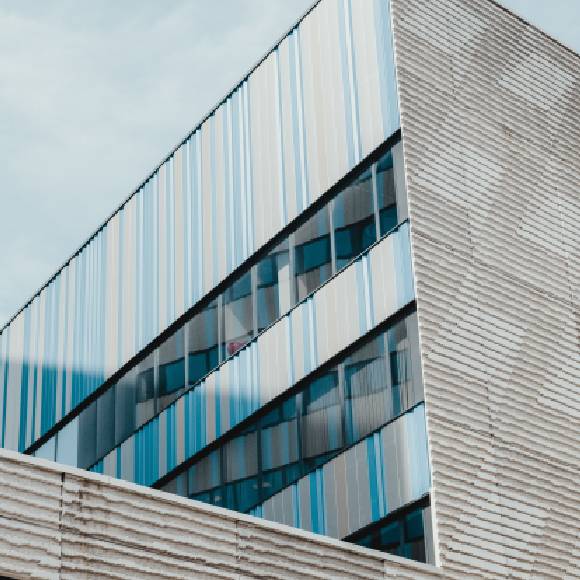Sustainable construction not only focuses on reducing CO2 emissions but also fits in with the well-being trend. Air-conditioned rooms, the use of passive cooling from the ground, appropriately planned rooms using natural light or soundproof walls – the commercial construction market is surpassing itself in ideas to meet ESG standards.
Announcements of job vacancies listing remote work as a benefit have become a trend in the market. However, companies, also due to changes in the law that impose many obligations on them regarding remote work, want their employees to return to the offices. Sustainable construction that meets ESG requirements and supports well-being has become an unexpected ally.
“Companies that are just planning new offices are in the best position. In commercial construction, office spaces designed to support the comfort of those who inhabit them have become the standard. While a few years ago, only more conscious designers came to us with a project and a request: “heat this and cool it properly,” today it is becoming common and standard to work on the project,” says Marcin Kosieniak, MEP specialist, co-owner of PM Projekt design office.
In the interest of employee comfort
Such actions are also forced by the law, such as the EU’s CSRD (Corporate Sustainability Reporting Directive), which requires large companies to regularly report on their impact on society and the environment.
A strategic approach to ESG has taken root in much of Polish business. According to the latest April EY Parthenon CEO Outlook Pulse Survey report, as many as 47% of surveyed Polish company CEOs see the need for climate neutrality and shaping relationships with the community as an opportunity to build a competitive advantage. It is not insignificant that ESG embedded in corporate strategy provides access to external capital.
The office segment adapted most quickly to new ecological and well-being trends.
“Of course, regulatory pressure has a huge impact, but so do introduced ecological certification systems. And today, there is also the possibility of saving energy. Especially since we can plan and calculate the heat balance of a given building in detail. In industrial buildings, we analyze the use of heat in the context of technology. The properties of materials used for roofing, especially in terms of heat absorption, are often taken into account, which significantly affects, for example, the cost of interior cooling. We select windows with an appropriate coefficient of reflection of sunlight. Utility rooms are usually designed from the southern side to make the most of natural light. Finally, wall and window insulation is precisely planned,” says Kosieniak.
Increasing productivity
Many companies have realized that having happy employees increases their productivity and reduces team rotation. This can be seen, for example, in Gallup Institute’s “State of the Global Workplace: 2022 Report,” where every seventh respondent in Poland is satisfied and engaged in their work. Employers, therefore, try to improve their employees’ well-being in every possible way – and appropriately designed offices are one of them.
“In the case of offices, we have seen in recent years how these spaces are changing to meet new expectations. We observe an increasing awareness that a friendly workplace is not just about coffee in the kitchen or a massage chair, but primarily a space where we are not freezing due to air conditioning or too hot. The issue of comfort is becoming the center of interest, and undoubtedly, in the design and reorganization of offices, engineers will increasingly support designers in designing systems,” predicts Marcin Kosieniak from the design office PM Projekt.
As he emphasizes, the biggest challenges are related to existing buildings. “In production plants and industrial halls, the common problem is that it is too hot. That is why, in these types of projects, it is not about reconstruction or relocation – we work on details. We calculate the electricity consumption, measure the temperature in such a hall, introduce data on how much heat the devices emit, and then design HVAC systems in a given production plant to improve working comfort and reduce temperature,” he summarizes.
Marcin Kosieniak is MEP design specialist, court expert, and a project management professional with vast experience in carrying out projects both in Poland and abroad. Advocator of innovative design solutions. He is the co-owner of the PM Projekt construction design studio and an expert associated with the RRJ Group. As a court expert, he issues opinions on sanitary installations.



